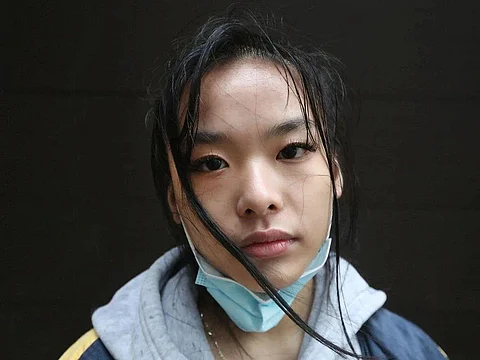

CBC reporters have been advised to limit unnecessary fashion descriptions when covering court proceedings, following complaints about commentary on witnesses’ attire.
Blacklock's Reporter says the network’s ombudsman, Maxime Bertrand, issued the guidance after a journalist defended his use of clothing details to add color to trial reports.
The directive came in response to criticism over an October 17 article covering testimony by Zexi Li, lead plaintiff in a $306 million class-action lawsuit against the Freedom Convoy.
The original report described Li’s outfit in detail, noting her "white silky V-neck T-shirt with matching wide leg dress pants." CBC later removed the term "silky" after receiving 50 complaints, with readers calling the coverage "disgusting," "disappointing," and "unacceptable."
Reporter David Fraser, who wrote the description, defended his approach, stating that he frequently included fashion details in court coverage to "paint a picture of what’s going on inside the courtroom."
Fraser, who described himself as a "pretty big fashionista guy," said he had discussed the term "silky" with a female acquaintance at the courthouse before adding it to the article.
His reporting also included descriptions of Freedom Convoy organizer Tamara Lich’s "impeccable" style, co-defendant Chris Barber’s "endless supply of plaid shirts," and protest organizer Pat King’s choice of a "white dress shirt, black slacks, and white New Balance sneakers."
CBC Ottawa’s managing editor, Drake Fenton, acknowledged that excessive fashion references could undermine the credibility of court reporting.
"When done improperly, it can affect the article’s impact," he said.
The controversy arises against the backdrop of legal battles stemming from the 2022 Freedom Convoy, which led to 230 arrests, mostly for mischief.
The arrests followed the federal government’s invocation of the Emergencies Act, a move later ruled unlawful by Federal Court Justice Richard Mosley on January 23, 2024.
The government has since appealed the ruling.
